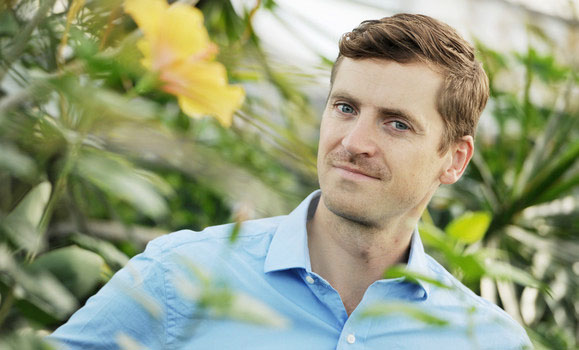The midterm report card on global biodiversity targets is in — and the grades are not good.
A new study published today in the journal Science looks at the progress the international community has made towards achieving the Aichi Biodiversity Targets, a set of 20 biodiversity-related goals agreed upon by 193 nations in 2010. The study’s conclusion: despite some progress, most of the Aichi targets will not be met by their 2020 deadline if global biodiversity remains on its current trajectory.
And yet Derek Tittensor, the study’s lead author, is optimistic.
“We still have time to turn this around,“ says Dr. Tittensor, an adjunct professor based in Dal’s Department of Biology and senior marine biodiversity scientist at the United Nations Environment Program’s World Conservation Monitoring Centre.
“Right now we’re not on course to meet these targets, but by measuring them and seeing how we’ll we’re doing, we can look at investing more resources, setting up more protected areas and so-forth, and move towards a more sustainable world.”
The importance of biodiversity
The study involved a team of 51 experts from over 30 institutions — universities, government agencies, NGOs — assessing how well the global community is doing in reaching the 20 Aichi Targets. The targets represent the largest international commitment towards preserving biodiversity.
The researchers, which included Dal masters student Greg Britten and postdoc Daniel Boyce, gathered and analyzed available data on a wide variety of biodiversity measures: species counts, protected areas, habitat loss, forestry and fishery policies and more.
“If ecosystems underpin life on this planet — they provide food, water filtration, and so-on — it’s biodiversity that underpins ecosystems,” explains Dr. Tittensor, who completed both his PhD and post-doctoral studies at Dal and has generated international headlines with several of his biodiversity studies.
“Understanding and measuring biodiversity enables us to predict and project how ecosystems will change into the future and, from there, the effect this might have on human life.”

The good news is that, on certain targets, the global community is making substantial progress. These include more commitment to sustainability certification schemes for forests and fisheries, and better management of these particular resources in many parts of the world. There’s also greater public awareness of and government investment in biodiversity and measures to improve and protect it.
The bad news is that pressures on biodiversity — from consumption of natural resources to habitat loss — appear to be outstripping efforts to protect it.
“We’re making some effort, but at the moment we’re not seeing the benefits,” says Dr. Tittensor. “The question is why, and there are several possibilities.
“One is we simply haven’t invested enough, that it will take a lot more resources — financial, managerial, political — to turn this around. Another possibility is there’s a time lag: it may be 20, 30, 40 years until we really start to see the effects of these investments we’ve made.”
Need for improvement
Dr. Tittensor is hopeful the new study will spark further discussion and action around global biodiversity, and that its analysis offers some solid baselines for evaluating how well the international community is doing towards protecting biodiversity as Aichi’s 2020 deadline approaches.
“The takeaway lesson is the same as if this report card were being given to a student: work harder, put more effort in and you can improve your grades,” he says. “We’ve done well in some places, but in the majority of aspects we need, as a society and as nations, to put more effort into improved biodiversity protection, as biodiversity and ecosystems are fundamental to our existence.

